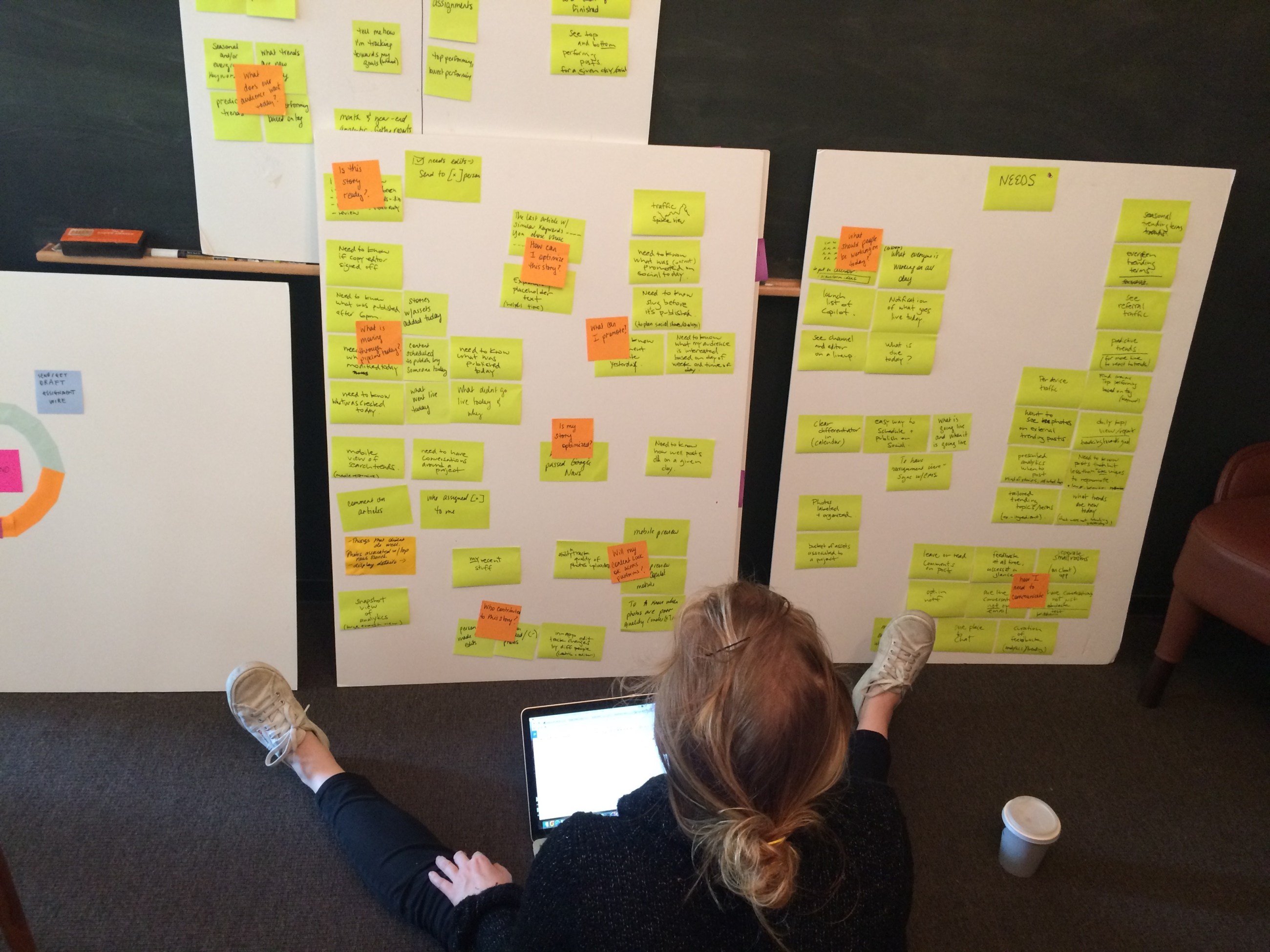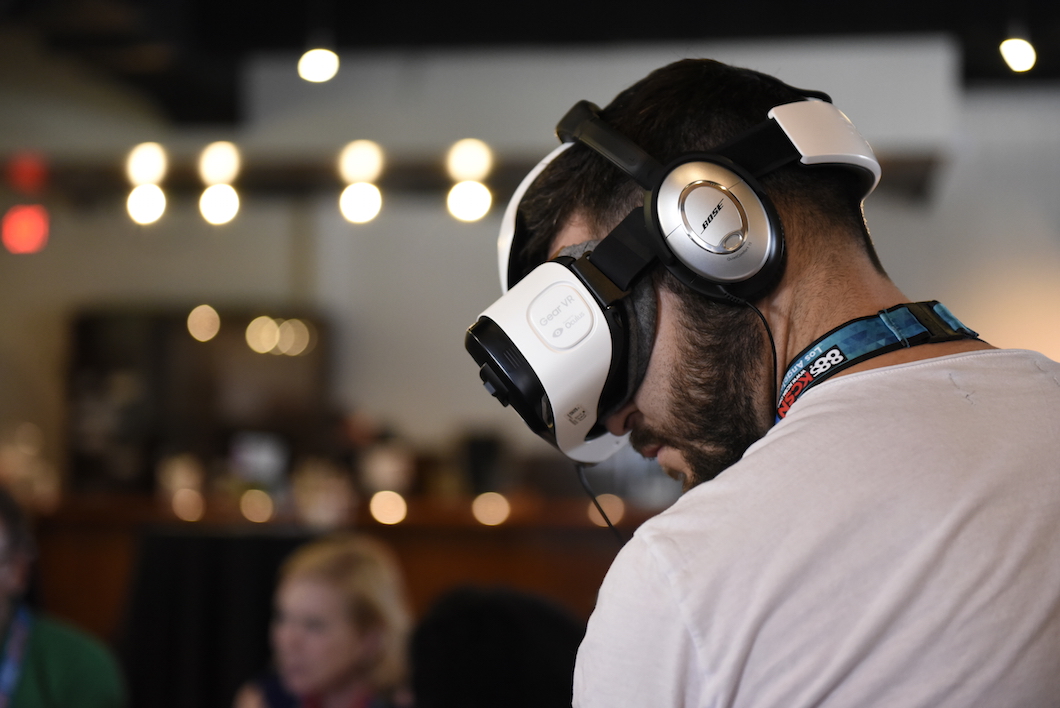
How the Society for News Design will lead the next design revolution
Stephen Komives is the executive director of the Society for News Design, and Kyle Ellis is director of strategic programs for the society, and senior product manager at American City Business Journals. Today Knight Foundation is announcing $200,000 in new support for the Society for News Design to expand its training opportunities and broaden the reach of its network to include more technologists, data journalists and product designers.
“How did you go bankrupt?” Bill asked.
“Two ways,” Mike said. “Gradually and then suddenly.”
– Ernest Hemingway, “The Sun Also Rises”
Anyone who has spent time in a newsroom in recent years can relate to the change phenomena Hemingway described. The digital revolution upended legacy news in fits and starts, and then all at once. Major media’s economic model followed a similar path. Journalists have been expected to add new tech skills and awareness, at an accelerating pace, to the point where today’s job descriptions barely resemble the skill sets journalists were expected to possess even five years ago.
The Hemingway quote can be looked at in a couple of ways. “Gradually and then suddenly” posits an opportunity; it is also a descriptor of how breakthroughs take place, how rights advocates win societywide acceptance for their views, how hard work creates momentum toward sweeping positive change. What we perceive as “overnight” usually is anything but. The iPhone did not emerge from a vacuum.
The definition and practice of news design has changed dramatically. It now describes a spectrum including not only efforts in visual print journalism, but product development, design thinking, animation and 3-D, and the creation of user experiences on mobile and other devices.
Print news design flourished in the 1980s and ’90s as new technologies enabled a generation of visual journalists to stretch boundaries. At the Society for News Design, we see information design poised at the brink of a new golden age. This owes to breakthroughs in responsive design, a better understanding of designing for user experiences and how people interact with machines, and increasing emphasis on data visualization in newsrooms. These factors make it possible to significantly improve the storytelling experience.
But to help journalists realize this opportunity, the Society for News Design has a lot of work to do. And we must change how and where we offer help.

We grapple with the same issues facing newsrooms: how to adapt and grow in the face of upheaval. As we’ve worked with Knight Foundation over the last year in bolstering our digital training efforts, we’ve recognized the value of our mission and programs while simultaneously recognizing the need to address issues of scale and accessibility, and the need to better broadcast our value proposition to technologists, product developers and other emerging disciplines whose work focuses on the intersection of design and journalism.
Over the next two years we are going to reposition our organization, to serve as a digital leader overseeing a robust network sharing best practices in design. We’ll bring onboard a digital director who will expand our network to include more technologists and data journalists and strengthen the voice of the Society for News Design by championing, questioning and explaining the most pressing issues of news design and platforms. We’ll expand our training offerings to include more online courses and materials. And we’ll expand our presence at industry events and other places, such as SXSW, where our members and potential members are likely to encounter each other.
Twenty years ago, the theme of our annual workshop was “Evolve or Die.” We thought of ourselves as change-friendly, long before people started reading their phones. Of course, the process never stops.
We recognize we’re at a critical moment and that we must move quickly, as journalists, as a society.
Change—real and perceived—is hard. The legacy of the Society for News Design spans four decades, and if you’re familiar with us, you may have a fixed set of ideas about who we are and what we do. You’d likely be very surprised at the range of disciplines represented in our membership and the topics we explore. Visual journalism is an amazing field. We love what we do and we want to share the excitement we feel, share the best and most innovative work we see, and lift the field as a whole, as we head into areas uncharted.
For more, visit snd.org.
-
Journalism / Article
-
Journalism / Press Release
-
Journalism / Article
-
Journalism / Article
-
Journalism / Article
-
Journalism / Article
Recent Content
-
Journalismarticle ·
-
Journalismarticle ·
-
Journalismarticle ·






